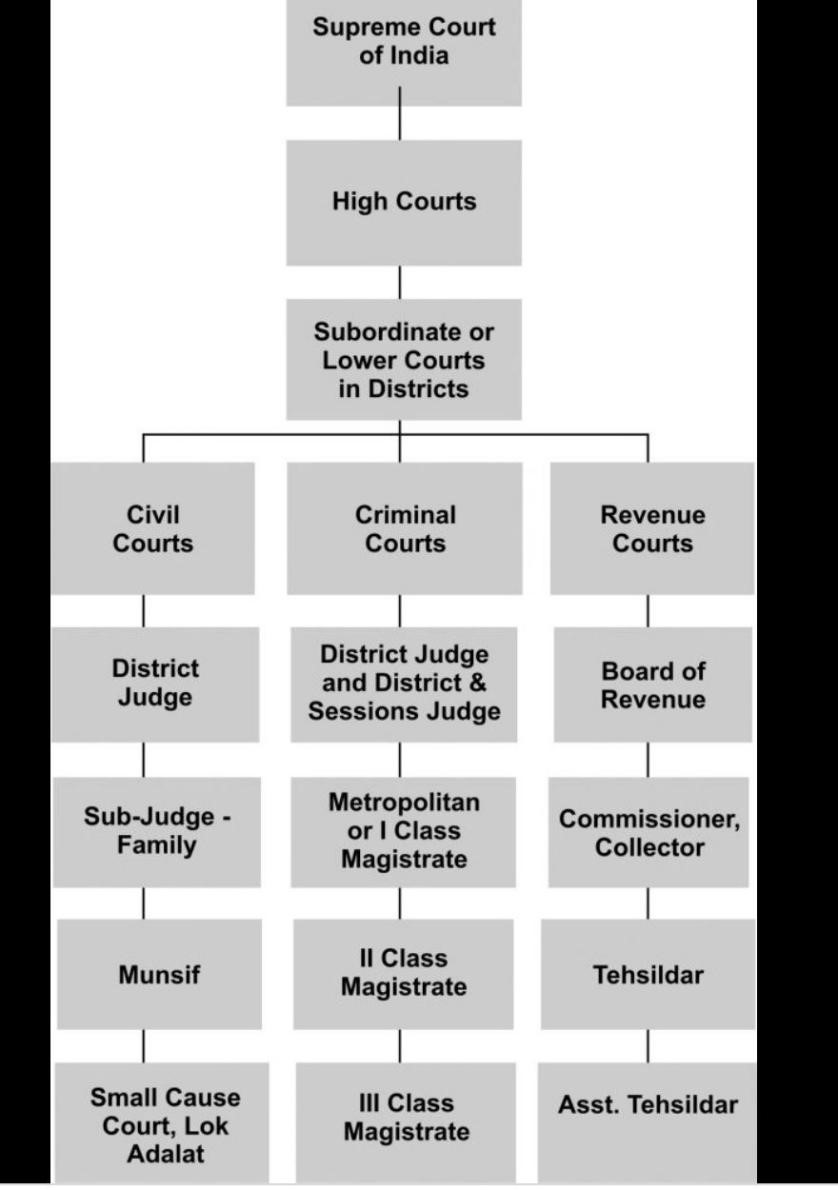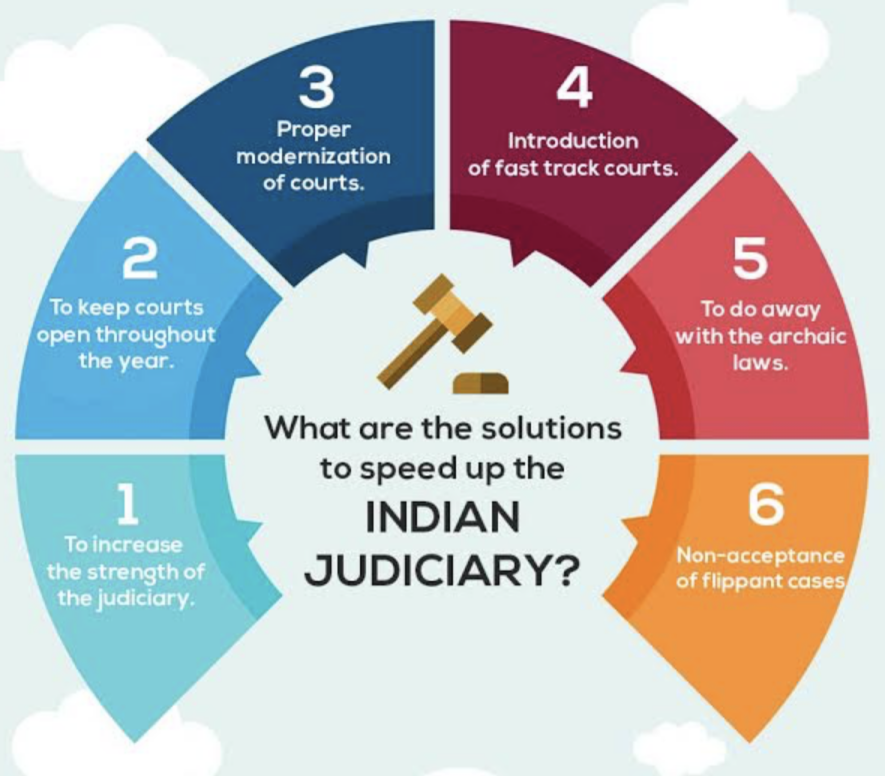Recently, a district court in Uttar Pradesh's Bareilly sentenced a woman to jail along with a fine for filing a false case of rape against a man.
Article 50 of the Indian Constitution states that the state must take the necessary steps to separate the judiciary from the executive in the public services of the state.

India has one of the world’s lowest ratios of judges to population, with just 21 per million people, compared with about 150 in the United States.
In Anil Rai v. State of Bihar (2001) case, the courts have observed in the case of that delay in reasoned judgement by the courts amounts to a violation of the Right to Life as guaranteed under Article 21 of the Constitution.
